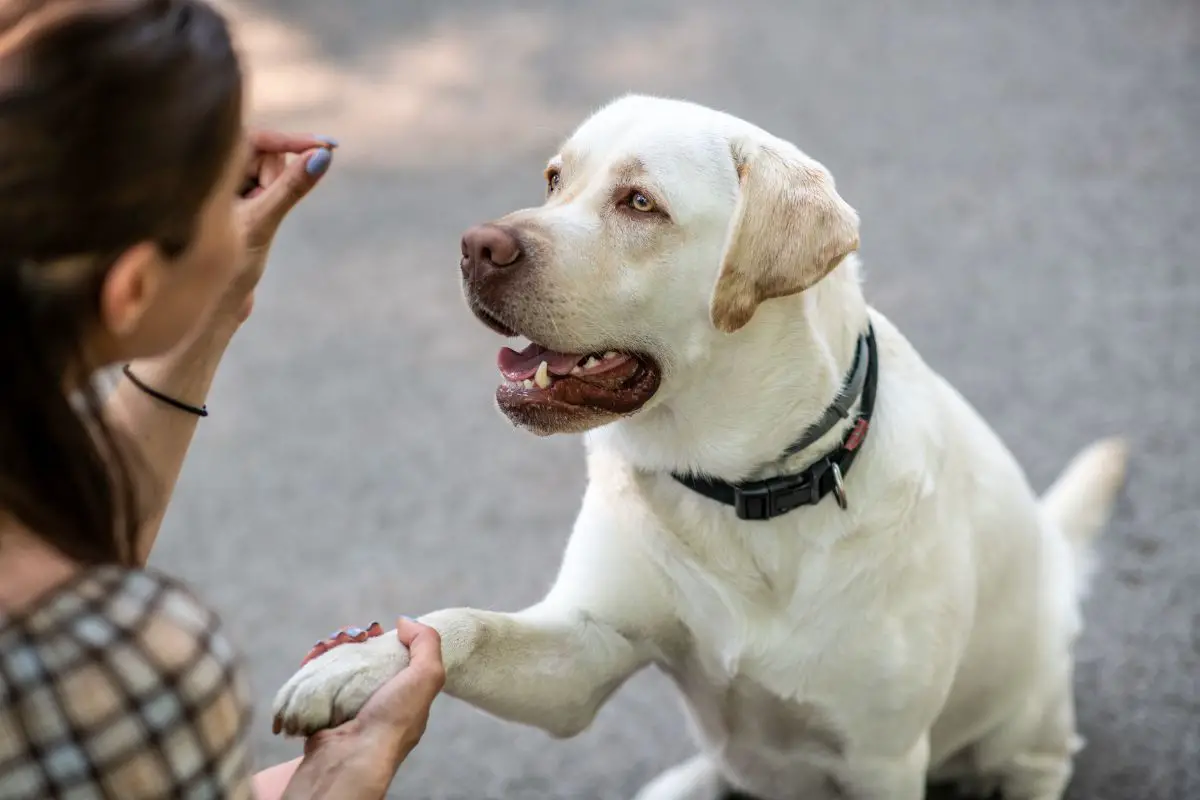As our canine companions age, it’s easy to assume that their training days are behind them.
However, continuing to train your senior dog can provide numerous benefits for both their physical and mental well-being.
This article explores six compelling reasons why you should keep up with your older dog’s training regimen.
1. Maintains Cognitive Function
Regular training exercises help keep your senior dog’s mind sharp and engaged.
Mental stimulation is crucial in preventing or slowing the progression of cognitive decline in older dogs.
Teaching new tricks or reinforcing old ones challenges your dog’s brain, promoting neural plasticity.
Problem-solving activities during training sessions can help maintain your dog’s cognitive abilities.
Cognitive exercises can potentially delay the onset of canine cognitive dysfunction syndrome (CDS).
Consistent mental stimulation through training can improve your senior dog’s overall quality of life.
A mentally active dog is often a happier and more content companion in their golden years.
2. Strengthens the Human-Dog Bond
Continued training sessions provide quality one-on-one time with your senior dog.
This dedicated interaction helps maintain and even deepen your bond as your dog ages.
Training reinforces your role as a consistent, positive presence in your dog’s life.
It provides a structured way to communicate and understand each other better.
Positive reinforcement during training boosts your dog’s confidence and trust in you.
Regular training sessions can help alleviate anxiety that some older dogs may develop.
The shared experience of learning and accomplishment can be deeply rewarding for both you and your dog.
3. Provides Gentle Physical Exercise
Training sessions can be tailored to provide appropriate physical activity for senior dogs.
Low-impact exercises incorporated into training help maintain muscle tone and joint flexibility.
Controlled movements during training can improve balance and coordination in older dogs.
Short, frequent training sessions can provide exercise without overtaxing your senior dog.
Physical activity through training can help manage weight, which is crucial for senior dog health.
Training that involves movement can improve circulation and support overall cardiovascular health.
The combination of mental and physical stimulation in training is ideal for senior dogs’ well-being.
4. Adapts to Changing Needs
As dogs age, their physical abilities and needs change, requiring adjustments to their routines.
Training allows you to teach new commands that help manage age-related issues, such as slower movements or reduced hearing.
You can introduce hand signals to complement or replace verbal commands for dogs with hearing loss.
Training can help your dog adapt to new situations, like using a ramp instead of stairs.
It provides an opportunity to reinforce gentle behaviors that are important as your dog becomes more fragile.
You can use training to help your dog become comfortable with new supportive equipment they may need.
Ongoing training allows you to continually assess and address your dog’s evolving needs.
5. Maintains Good Behavior
Regular training reinforces good habits and prevents the development of problematic behaviors in senior dogs.
It helps your dog remember and adhere to house rules and basic obedience commands.
Consistent training can prevent or address age-related behavior changes, such as increased anxiety or irritability.
It provides a framework for introducing and enforcing any new rules necessitated by your dog’s changing needs.
Training can help manage any frustration your dog might feel due to physical limitations.
It allows you to reinforce calm behaviors, which can be especially beneficial for senior dogs.
Maintaining good behavior through training ensures your senior dog remains a well-mannered family member.
6. Enhances Overall Quality of Life
Continued training provides mental and physical stimulation that contributes to a senior dog’s overall well-being.
It helps maintain a sense of purpose and routine, which can be comforting for older dogs.
Training sessions offer opportunities for praise and rewards, boosting your dog’s mood and confidence.
The achievement of learning new things or performing known tasks can be satisfying for senior dogs.
Regular training can help your dog stay engaged with their environment and family.
It provides a positive outlet for energy and can help manage stress or anxiety in older dogs.
Ongoing training demonstrates your continued commitment to your dog’s care and happiness in their senior years.
Conclusion
Continuing to train your senior dog offers numerous benefits, from maintaining cognitive function to enhancing overall quality of life.
It strengthens your bond, provides gentle exercise, and helps your dog adapt to the changes that come with aging.
By investing time in ongoing training, you’re helping ensure your faithful companion remains happy, healthy, and well-adjusted in their golden years.
Share this article on Facebook to encourage fellow dog owners to keep training their senior pets.
Your friends might appreciate learning about these benefits and find new ways to enrich their older dogs’ lives!
SHARE now with your friends!
- Hero Farm Dog Survives Epic Battle with Coyote Pack - December 9, 2024
- The 10-Minute Bedtime Routine That Changed My Dog’s Sleep Forever - November 29, 2024
- Creating a Safe Space for Nervous Pets: Your Guide to Pet-Friendly Havens - November 25, 2024

